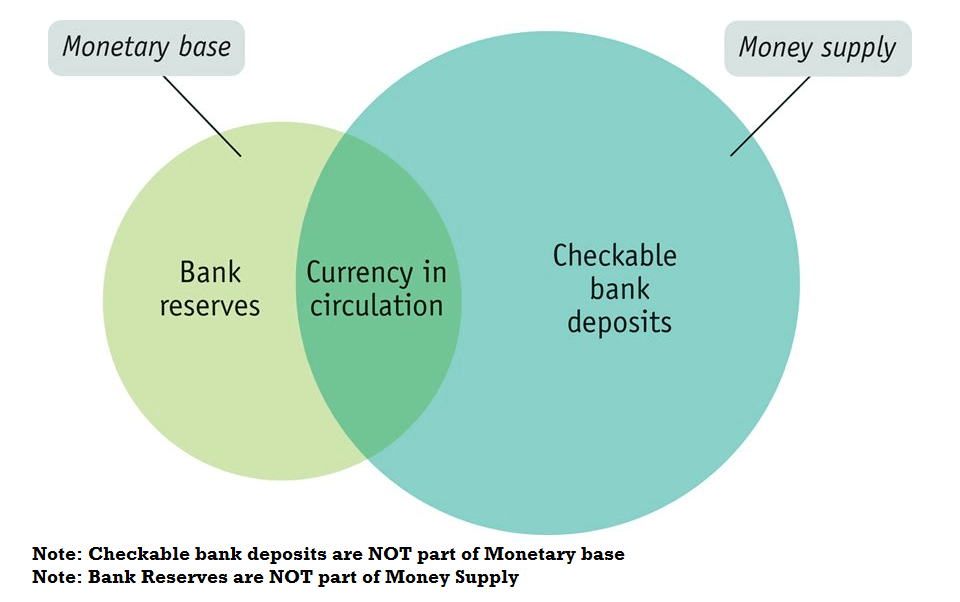What is Money?
Money was initially commodity money (like gold for example) which meant money had intrinsic value by itself. Later, society transitioned to use representative money instead, which was essentially like gold stamps that were backed by a commodity. Now, society uses fiat money, which represents value but has no representative money behind itself.
There are three defining factors of money:
- It serves as a medium of exchange, so people can use it to buy goods and services
- It serves as a unit of account, so products are prices in dollars and value is measured in dollars
- It serves as a store of value, so money can be stored and retained to protect purchasing power (albeit inflation is still a thing)
Measures of Money
We have three measures of the money supply: 4. Monetary Base (M0): - Includes bank reserves (not actually money) and currency (money) 5. Money (M1): - Includes currency, checkable deposits, and savings deposits - This serves as the medium of exchange in the United States 6. Money and Near Money (M2): - All of M1 + small time deposits + money market mutual funds
